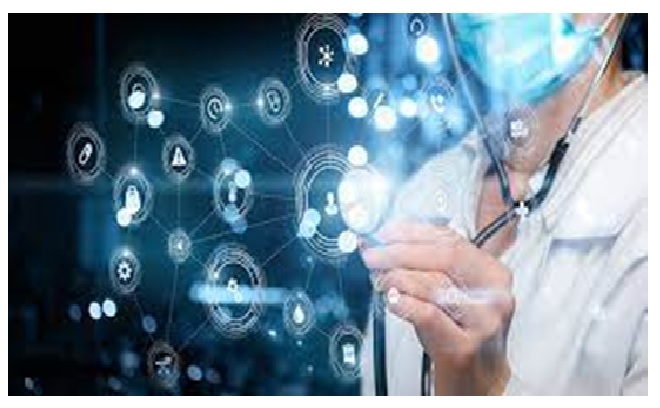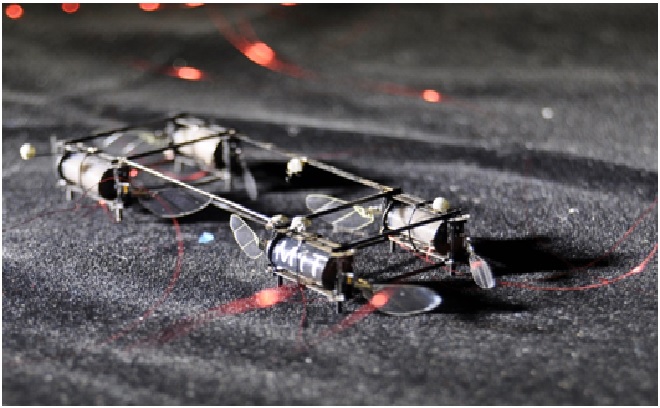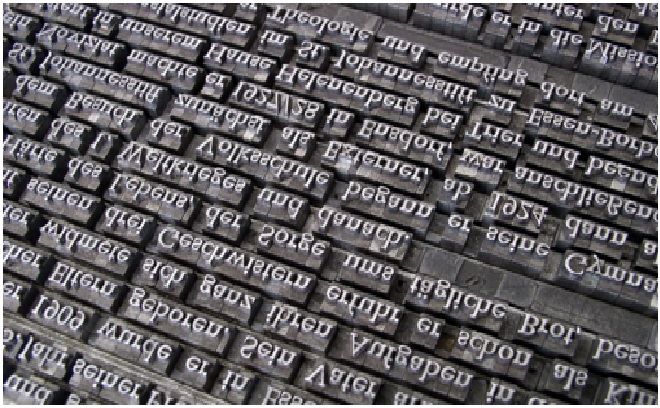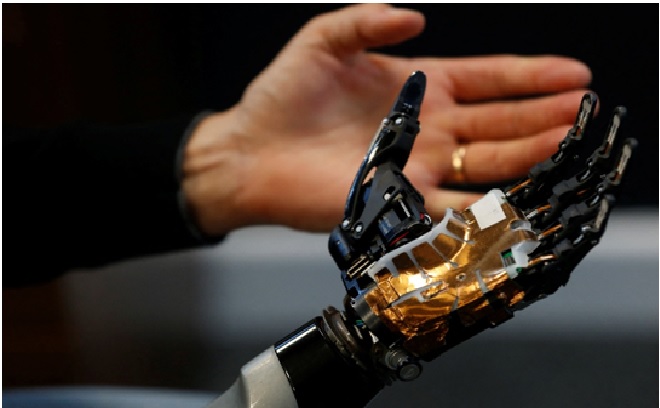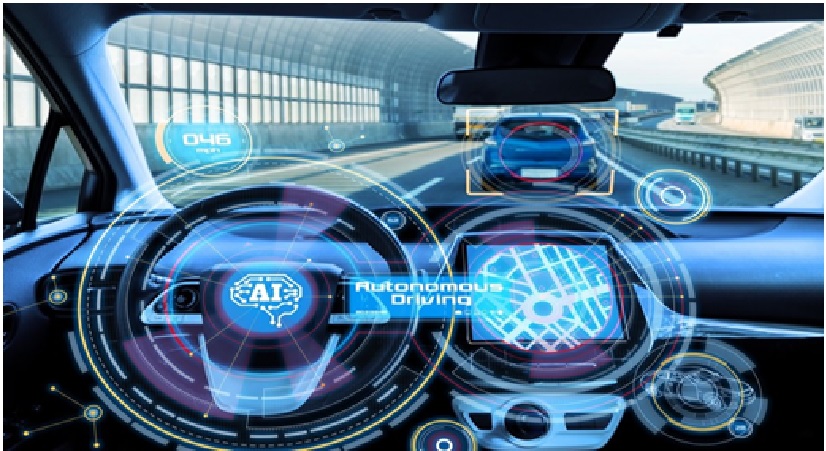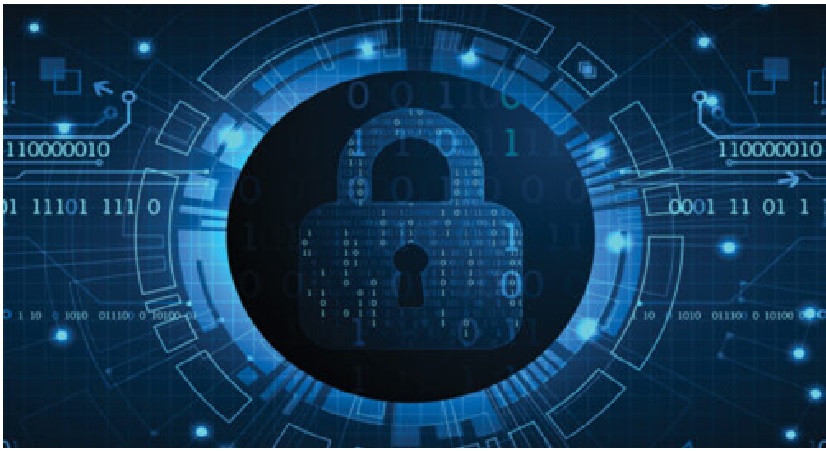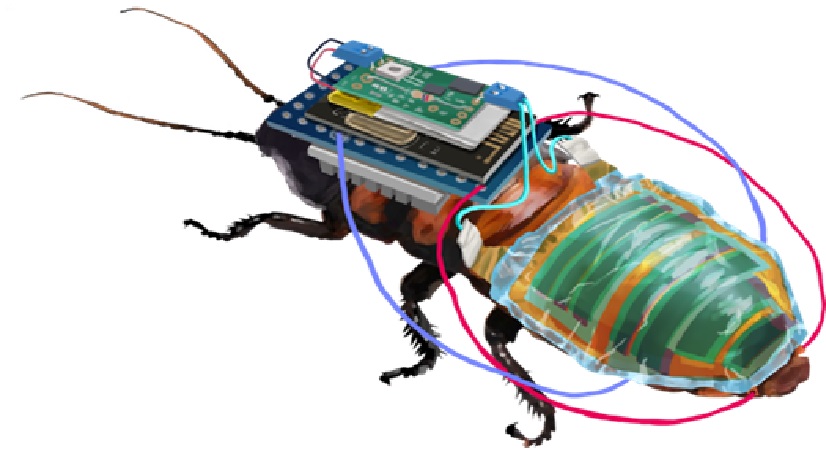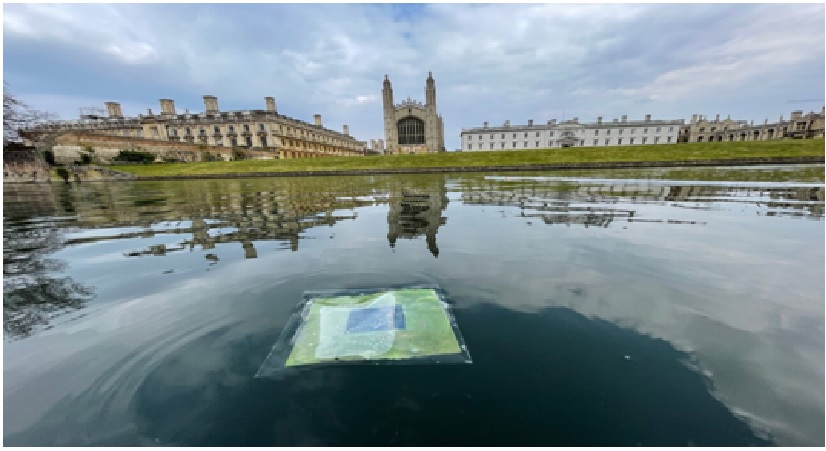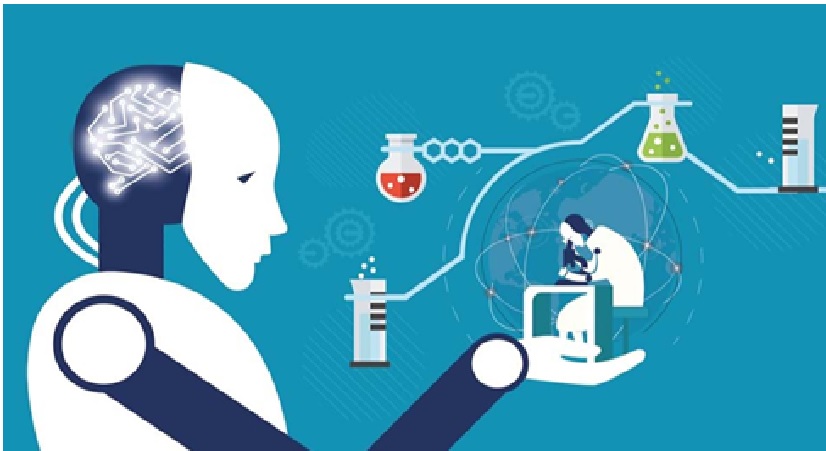For the First Time – A Robot has Learned to Imagine Itself
Our perception of our body is not always accurate or realistic, as any athlete or fashion-conscious person knows, but it is a crucial factor in how we behave in society. Your brain is constantly preparing for movement while you play ball or get dressed so you can move your body without bumping, stumbling, or falling.
Humans develop our body models as infants, and robots are beginning to do the same. A team at Columbia Engineering announced today that they have developed a robot that, for the first time, can learn a model of its entire body from scratch without human help. [1]

Figure 1. For the First Time – A Robot has Learned to Imagine Itself
Figure 1 shows the researchers placed a robotic arm in a circle of five streaming video cameras. The robot watched itself through the cameras as it undulated freely. Like an infant exploring itself for the first time in a hall of mirrors, the robot wiggled and contorted to learn how its body precisely moved in response to various motor commands. After about three hours, the robot stopped. Its internal deep neural network had finished learning the relationship between the robot’s motor actions and the volume it took up in its environment. [2]
Self-modeling robots will lead to more self-reliant autonomous systems
The ability of robots to model themselves without being assisted by engineers is important for many reasons: Not only does it save labor, but it also allows the robot to keep up with its own wear-and-tear, and even detect and compensate for damage. The authors argue that this ability is important as we need autonomous systems to be more self-reliant. A factory robot, for instance, could detect that something isn’t moving right, and compensate or call for assistance. [3]
Self-awareness in robots
The work is part of Lipson’s decades-long quest to find ways to grant robots some form of self-awareness. “Self-modeling is a primitive form of self-awareness,” he explained. “If a robot, animal, or human, has an accurate self-model, it can function better in the world, it can make better decisions, and it has an evolutionary advantage.”
The researchers are aware of the limits, risks, and controversies surrounding granting machines greater autonomy through self-awareness. Lipson is quick to admit that the kind of self-awareness demonstrated in this study is, as he noted, “trivial compared to that of humans, but you have to start somewhere. [4]
References:
- https://techsens.in/for-the-first-time-a-robot-has-learned-to-imagine-itself/
- https://aumag.net/for-the-first-time-a-robot-has-learned-to-imagine-itself/
- https://indiajustnow.in/technology/for-the-first-time-a-robot-has-learned-to-imagine-itself/
- https://scitechdaily.com/for-the-first-time-a-robot-has-learned-to-imagine-itself/
Cite this article:
Thanusri swetha J, For the First Time – A Robot has Learned to Imagine Itself, AnaTechMaz, pp.179


